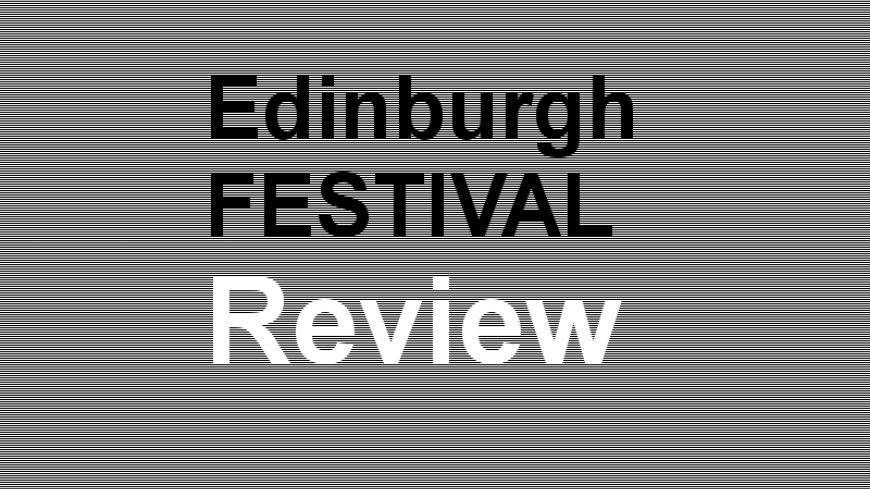
To many choral singers, especially to those who grew up with the C20 early music revival, William Byrd's Masses for Three, Four and Five voices form the bedrock of what became the English choral tradition.
This was thanks largely to the ready availability to many generations of choirs of the Stainer & Bell editions by Edmund H Fellowes, which other editors took over forty years to replace.
As the scholarly and informative programme note by Paul Hillier (who also grew up in that tradition) explained, the Roman Catholic Byrd wrote his Masses for local, and often secret, worship in Protestant England. They would have been sung and played by members of a household in the family chapel rather than by the full choir in the parish church.
Last evening's concert was an absolute gem! The Theatre of Voices and Phantasm gave a performance by eight musicians, four voices and four violists, as it would have been heard often in Byrd's day, the Ordinary Mass for Four Voices interspersed by other music (although not from the Proper Mass on this occasion).
Singers and players performed completely as one, and to do so in the contemporary Greyfriars' Kirk was wholly appropriate and fitting. They made the most of the opportunity. Byrd's long lines flowed with and against each other, and occasionally stopped short to make a point, as in the Credo: there was no doubt as to which church Byrd (and the singers) regarded as 'unam sanctam catholicam et apostolicam ecclesiam'!
As well as accompanying the singers, Phantasm played as instrumental solos In nomines by Tallis and one by Byrd, and Fantasias by Byrd and Ferrabosco, and were joined by Risto Joost (countertenor) for Byrd's haunting elegy for Tallis, Ye Sacred Muses. Never was 'Tallis is dead and Music dies' more heartfelt.
In Phantasm's last solo piece, Ut Re Mi Fa So La by Robert Parsons, the under voices rippled gaily below the sustained scales of the upper parts. It was good too to hear the melting harmony of two C16 hymns, Tallis' setting of Why fum'th in sight, the tune to which was used by Vaughan Williams for his Variations on a theme by Thomas Tallis, and Dowland's gentle but firm square setting of The lamentation of a sinner ('O Lord, turn not away thy face … ').
As an encore the whole ensemble gave a delightful account of Orlando Gibbons' lovely conceit The silver swan. This provided an unexpected bonne bouche to what was definitely a high point in the Harmony and Humanity series.
© Bruce Haughan. 24 August 2007. First published on www.edinburghguide.com

